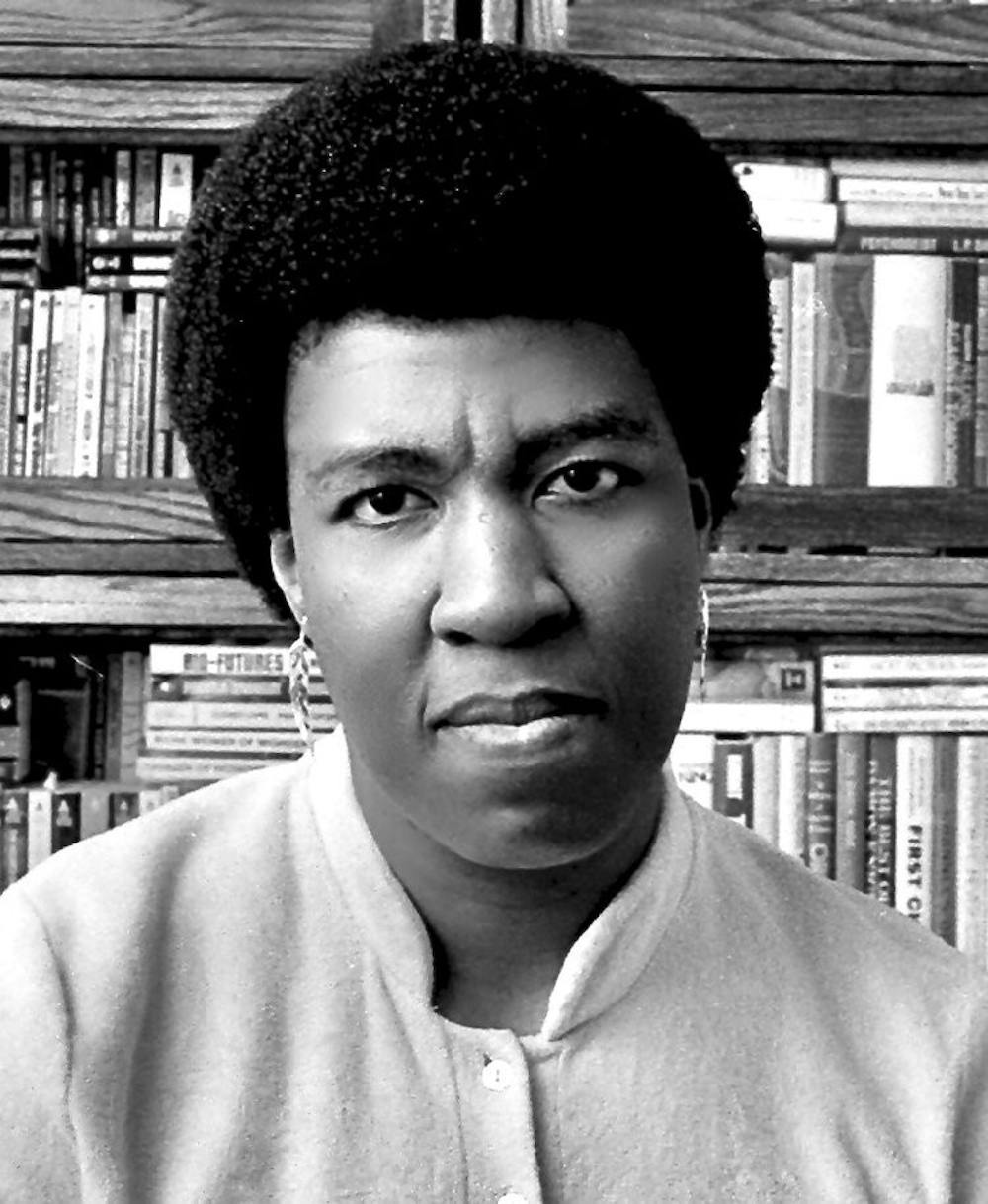One of my favorite writers is Octavia Butler because her work is unlike anything I’d ever read. What I love most about her work is that it pushed literary boundaries around gender, violence, race and power that I had not yet been exposed to.
The first story by Butler I ever read was “Bloodchild.” It follows a species of insect-like aliens that use human men to carry and birth their eggs. I heard about it through my boyfriend who read it as part of an English assignment and wanted me to read it too so I could feel his discomfort.
Sure, it was an uncomfortable read, but it was also fascinating. It was so visceral. I’d never seen body exploitation, sex and power examined in such a way. I was hooked. I wanted more, but I struggled to find works like it until I discovered the vast cultural, literary and critical canon that Butler was a part of: Afrofuturism.
Afrofuturism is a subculture, genre and aesthetic that explores speculative futures through the lens of the African diaspora – the displacement of Africans and their descendants worldwide and African culture. Afrofuturism spans and explores diverse subgenres of speculative fiction – including, but not limited to, science fiction, high fantasy, alternate history, magical realism and urban fantasy, according to a breakdown from The Smithsonian.
The next Butler book I read was the graphic novel adaptation of “Kindred” – the story of a young Black writer named Dana living in the 1970s. She finds herself transported in time to meet an ancestor – a freed Black woman forced into a marriage with a white man on a plantation. Once again, I was struck by how powerful the narrative was, but “Kindred” was different.
With “Bloodchild,” I could relate to the themes of pregnancy, sex, gender roles and power, but “Kindred” was a distinctly Black narrative and, as a white person, one I found less relatable. My ability to relate was not the point, though. I loved Butler, I loved Afrofuturism and I was determined to learn more and encourage others to learn about the genre as well.
In a D Magazine interview focusing on Anti-Racist Pedagogy in art, Kathy Brown – Assistant Professor of art at the University of North Texas – discussed the significance of Afrofuturism.
“Afrofuturism is about forward thinking as well as backward thinking – having a distressing past, a distressing present, but still looking forward to thriving in the future. So I think that ties into … how present day, we’re still in the struggle. But we look forward to a point when artists of color have equal space on the walls and in schools,” Brown said.
Afrofuturism crosses genres and mediums and is passing more and more into the mainstream. The most popular mainstream piece of Afrofuturism is Marvel’s “Black Panther,” which follows the story of T’Challa, the titular superhero and young king of a fictional African nation called Wakanda. The nation is depicted as incredibly technologically advanced and highly isolated from the rest of the world to protect itself from imperialism.
Afrofuturism is a way of seeing African culture being incorporated into world culture on a broader scale. It is a way of seeing technology through a non-Western lens and seeing a more inclusive world through inclusive art.
As a white person, reading Afrofuturism has shifted my perspective on race, equity, history, philosophy and ethics. But what I, as a white person, have taken away from this genre is of secondary importance. First and foremost, Afrofuturism is a genre meant to highlight and uplift Black voices. It is meant to reaffirm Black people’s place in culture and in the future.
Everyone can, and should, engage with the genre. That said, for too long the opinions of white people have been considered to be the focal point of judgment regarding artistic merit. This is why I instead defer to and uplift the experts.
Get content from The Daily Lobo delivered to your inbox
Andrea Mays, senior lecturer at the University of New Mexico, discussed her “Wakanda moment” – the moment of discovery, joy and empowerment that came with the realization of the ways that Afrofuturistic art and literature could celebrate Blackness in a lecture on Afrofuturism and the work of Janelle Monae.
She emphasized the importance of Afrofuturism as a way of seeing representation moving into the future and showing a world wherein Black people are not defeated or driven into hiding or extinction, and are instead thriving.
For those looking to start engaging with Afrofuturism, check out the literary works of Octavia E. Butler, “The Broken Earth” series by N.K. Jemisin, and “The Underground Railroad” by Colson Whitehead. Afrofuturism also crosses into all sorts of different mediums, so check out Afrofuturistic music such as “Dirty Computer” by Janelle Monae and Afrofuturistic films like “See You Yesterday” by Stefon Bristol and “Us” by Jordan Peele.
Afrofuturism is a diverse and beautiful philosophy with so much to teach and explore. No matter who you are, you should delve into its rich world and see what new stories and revelations you can take away.






